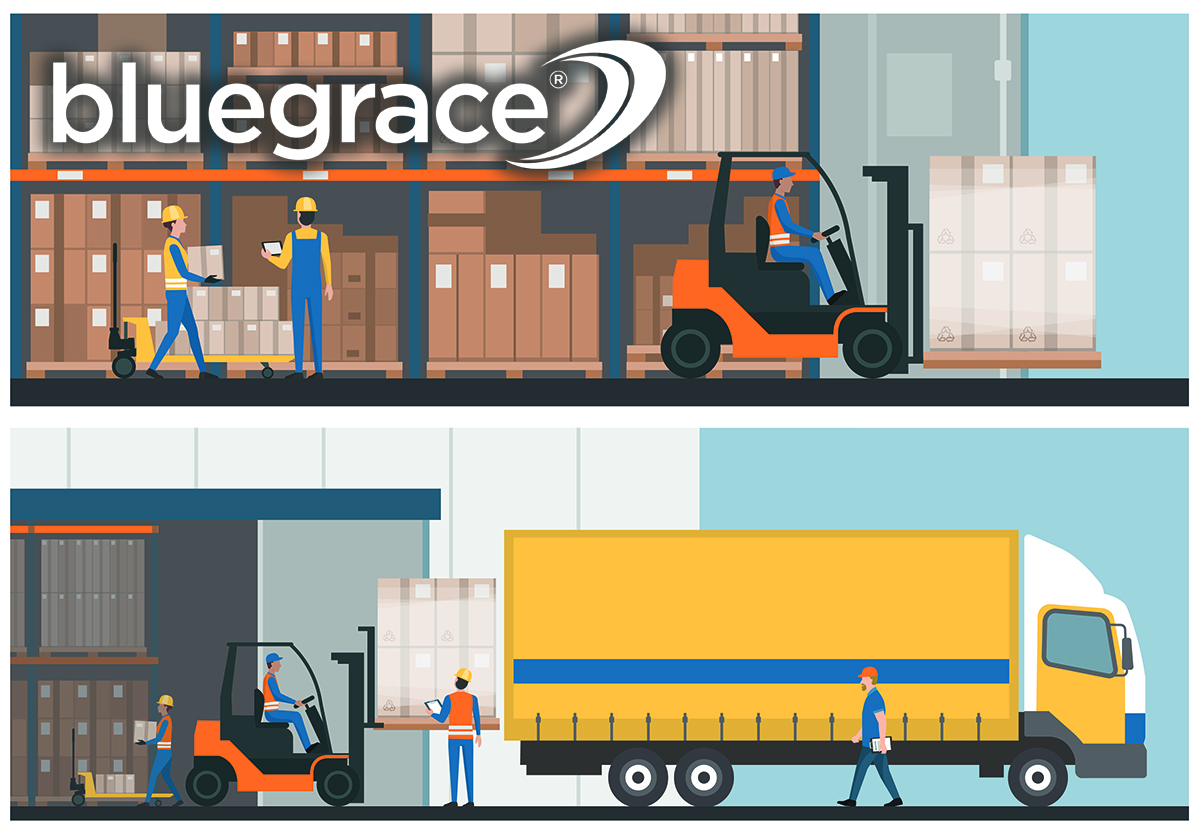

Trucking is a cyclical business. There are periods of intense growth followed by a lull and then there are periodic seasonalities which may vary from one industry to another. How long each period lasts depends on the internal and external factors that greatly impact the trucking industry.
International trade policies and volume, capacity, manufacturing industry’s performance, local Government policies, fuel prices, and driver availability all impact the trucking industry’s growth
International trade policies and volume, capacity, manufacturing industry’s performance, local Government policies, fuel prices, and driver availability all impact the trucking industry’s growth. For example, all of 2016 was a difficult year for trade which also affected the trucking industry. However, when business picked up at the start of 2017 and soared till September 2018, the trucking industry also benefited. From there onwards, trucking growth has been showing a declining trend, suggesting that another slump is in the offing.
What are the reasons behind this slump? Is it a short term decline or a repeat of the low experienced in 2016?
What are the reasons behind this slump? Is it a short term decline or a repeat of the low experienced in 2016? These are the two questions plaguing the trade and analysts since the start of 2019.
What Factors are Contributing to The Industry’s Concerns?
The trade war with China: The standoff between the US and China is being highlighted as one of the main factors that may impact the trucking industry in the country. There is fear of freight volume reducing due to the tariffs put up by the two countries on each other. However, according to Transport Futures Principal and Economist, Noel Perry who spoke to this article in TTNews.com on the decline in trucking growth, this fear might be unfounded. Noel Perry suggests that this problem may not be as severe as it is currently being made out to be. He feels that due to the prevailing state of the manufacturing industry in China, the Chinese may be amenable to work out a compromise with the US.
Reducing truck orders: A common factor used to judge the health of the trucking industry is the number of orders placed for new trucks. According to industry news sources, the orders for new trucks has fallen considerably in January 2019. However, while sharing the numbers, Truckinginfo.com also puts forth a plausible explanation for the reduction in new orders. According to the news in Truckinginfo.com, orders reduced by 26% in January 2019 as compared to December 2018 and were 68% less than the truck orders placed in January 2018.
Going by this forecast, it is quite possible that the transport sector may also experience a slow year.
Economic growth slowdown: 2019 began with some concerns regarding the growth of the economy. In a Wall Street Journal article published in January, leading financial institutes shared their forecast for the year. Goldman Sachs predicts a growth rate of 2% for the first 6 months of the year and a rate of 1.8% for the rest of the year. Morgan Stanley presented a slightly more pessimistic view with a forecast of 1.7% growth rate for the year which could go down to 1% for the third quarter. The article also shares a quote from Jake McRobie, Economist, Oxford Economics, “We have been looking for a gradual slowdown in manufacturing activity amid headwinds from trade uncertainty, reduced fiscal stimulus and weaker global activity, but the risks of a sharper deceleration have increased”, to provide some explanation for the low growth forecast. Going by this forecast, it is quite possible that the transport sector may also experience a slow year.
Even if one is to consider the lower number, the driver shortage is a critical issue.
Driver shortage:According to this piece in JOC.com, the American Trucking Association found a gap of 50,000 drivers and the FTR Transport Intelligence has reported a shortage of 300,000 drivers. Even if one is to consider the lower number, the driver shortage is a critical issue. The article further highlights that hiring companies are finding it difficult to get drivers onboard even after offering a pay increase. This is one aspect that can hamper the supply chain even when all other factors seem to be positive.
The Silver Lining
Even the worst of situations tend to have a silver lining, so does the trucking slowdown. While the cost of operating and maintaining trucks is not likely to come down, the slump in business and the extra capacity built over the last two years may provide the shippers with a little leverage when negotiating freight rates.
Apart from the driver shortage, all other reasons leading to fear of a trucking slump are a part and parcel of the dynamic global business environment. As FTR Vice President of Commercial Vehicles, Don Ake suggests the lull in business is felt because the industry is comparing the exceptional peak experienced in 2018 to the current scenario.
Hence to get the best results irrespective of the prevailing trade cycle, it makes business sense think strategically, collaborate and maintain relations with well-established business partnerswho can help manage volatility in the current business environment.
That said, the freight market is fickle in nature and can unexpectedly turn into a carrier-led market from a shipper-led market and vice-versa. Hence to get the best results irrespective of the prevailing trade cycle, it makes business sense to think strategically, and collaborate and maintain relations with well-established business partners, like BlueGrace, who can help manage volatility in the current business environment. If you would like to speak to one of our freight experts, call 800.MYSHIPPING or fill out the form below.


